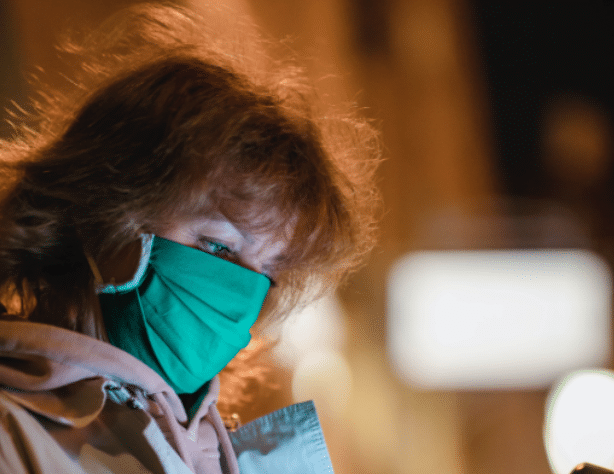
The recent COVID crisis exposed a lot of holes in our system, but it really brought to light how poor our basic hygiene was. People are now more conscious than ever of how viruses spread and circulate, and are taking the steps necessary whether to correct the situation, whether it’s voluntarily or by force.
Still, areas like manufacturing have specific challenges they have to address. This is why they need to take special precautions to prevent the spread of viruses and other pathogens, not only to their employees but their merchandise as well. Here are the steps you need to take to limit the spread of pathogens on the manufacturing floor.
Issue employees with both face mask and shields
If you want to offer minimal protection to your employees while simultaneously showing that you don’t care and significantly increase the chances for outbreaks, simply issue them with surgical masks and nothing more. However, you of course want to go at least one step further and give them face shields as well. These are inexpensive, reusable, and your employees will appreciate that you’re taking the precautions to help them.
Teach your employees
You want to make sure that your employees know the basics about viruses. This is for them to understand the importance of safety measures. For instance, it’s important for them to understand that face masks are there to protect others, not them. This will prevent them from removing them when they think no one is looking and engaging in dangerous contact with others.
You want to remind them of the importance of cleaning their hands and keeping surfaces clean. You also want to make things easy for them by adding surface disinfectant wipes dispensers in critical areas. If you want to find surface disinfectant wipes at a good price, we suggest you check out Galleon Supplies. They have all sorts of wipes in different formats that you could spread around the shop floor and the office. They also offer the opportunity to buy them in bulk if you have a large operation and want to limit costs.
Limit seating spaces
You might have no choice but to limit the number of seating spaces inside. This means spacing out break rooms or eliminating them altogether. On the other hand, you want to create strategic seating and lounging areas outside. However, while the virus has more difficulty spreading outside, still makes sure to respect social distancing rules. Also, encourage your employees to go outside during breaks.
Add reminders
You want to remind your employees at every corner about the different procedures. Invest in signage and make sure that cleaning areas are clearly identified. Make sure to remind them of cleaning procedures and the most important procedures to follow, like keeping a distance of at least 2 meters and wearing masks at all times when inside the facility.
Manage leave
Another thing you have to pay special attention to is people coming back from their holidays. You have to make sure that they’re in top shape before they come in, so you could consider adding some additional days to make sure that they don’t show any symptoms. While asymptomatic people can still spread the virus, this is the best you can do to reduce the risks.
Invest in better heating and ventilation
Evidence shows that good air quality has a direct impact on the spread of pathogens. Dry air is also said to benefit the spread of the virus and makes for a better environment for it to survive. This means that you will have to make the air quality in your plant a priority if it isn’t already.
Rethink your business around social distancing
Depending on your operation, you may not have the floor space to meet social distancing guidelines, and you might have to rethink it to meet them. For instance, you may have to reorganise shifts so you have fewer people on the floor. This also means that you’ll either have to deal with a drop in production or find ways to do more with less.
Physical barriers are also essential. Plexiglass dividers can be used on shared work desks and PVC curtains can also be used to both surround work areas and allow protection and visibility at the same time. Make sure that each work area is properly aerated. Putting in additional fans will make sure that you always get some air movement and replacement, which is essential in stopping the spread of airborne pathogens.
Change your cleaning routine
You cannot afford to be lax when it comes to cleaning and you will need to increase the frequency and intensity of your routine. Make sure that communal and high contact areas are paid extra attention. Hire professional help if needed. You also have to make sure that vans and shuttle buses are disinfected if you’re using any.
These are all tips you’ll need to use if you want to limit the spread of the virus on your shop floor. This requires education and the support of everyone on your team, so make sure that they’re all on board and that you constantly keep them updated.
